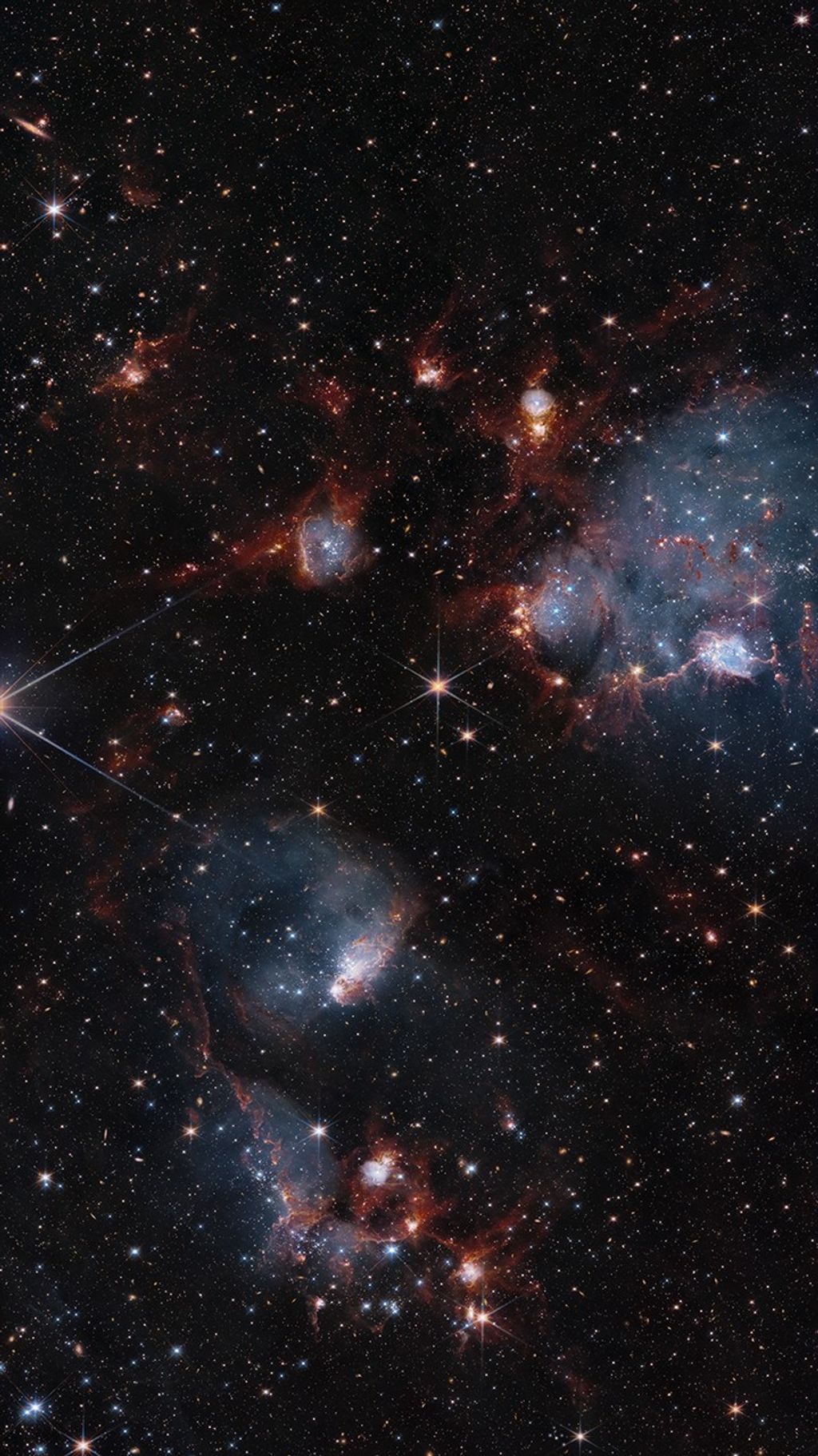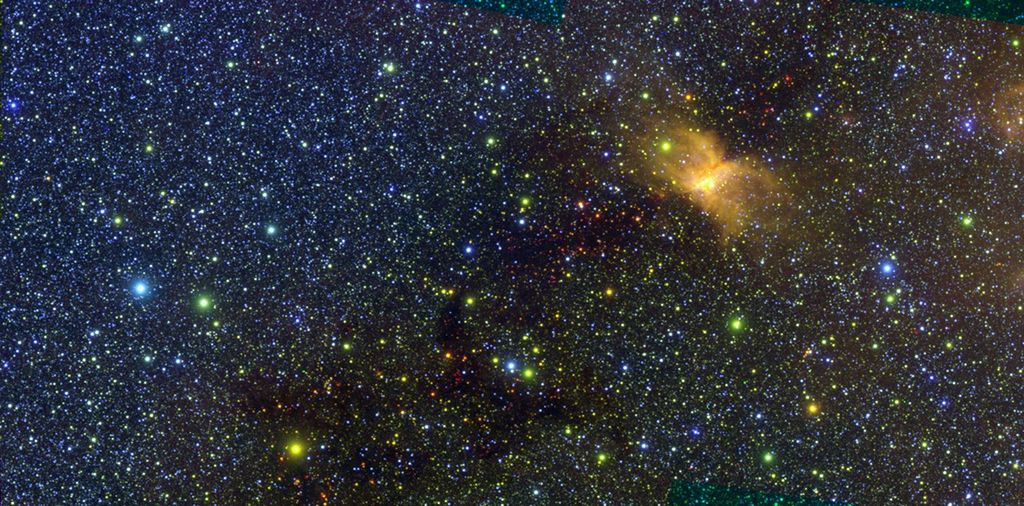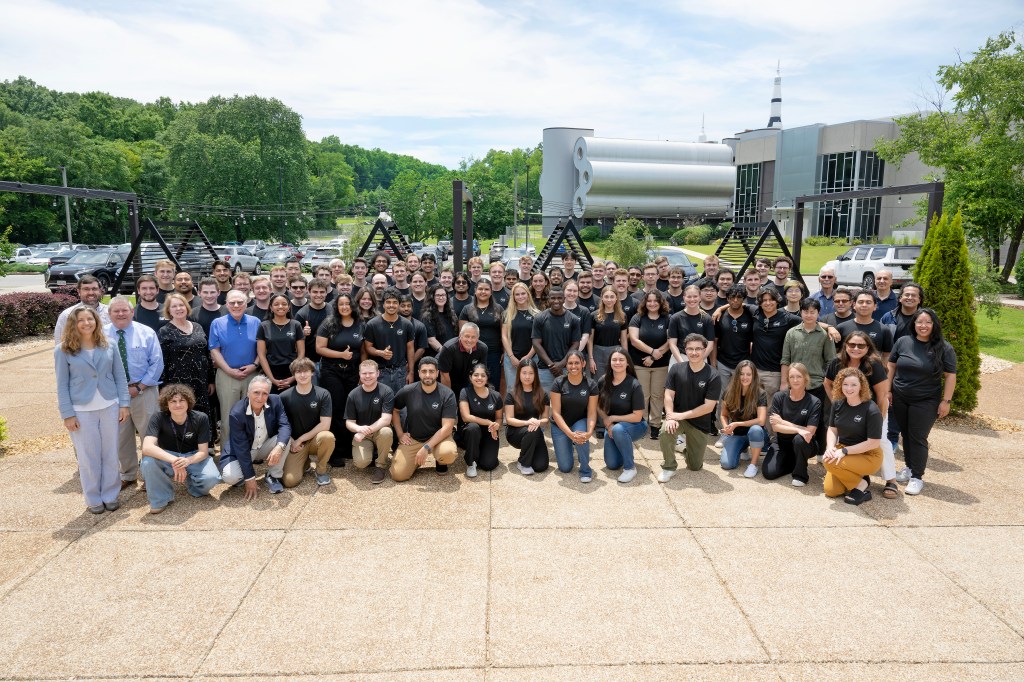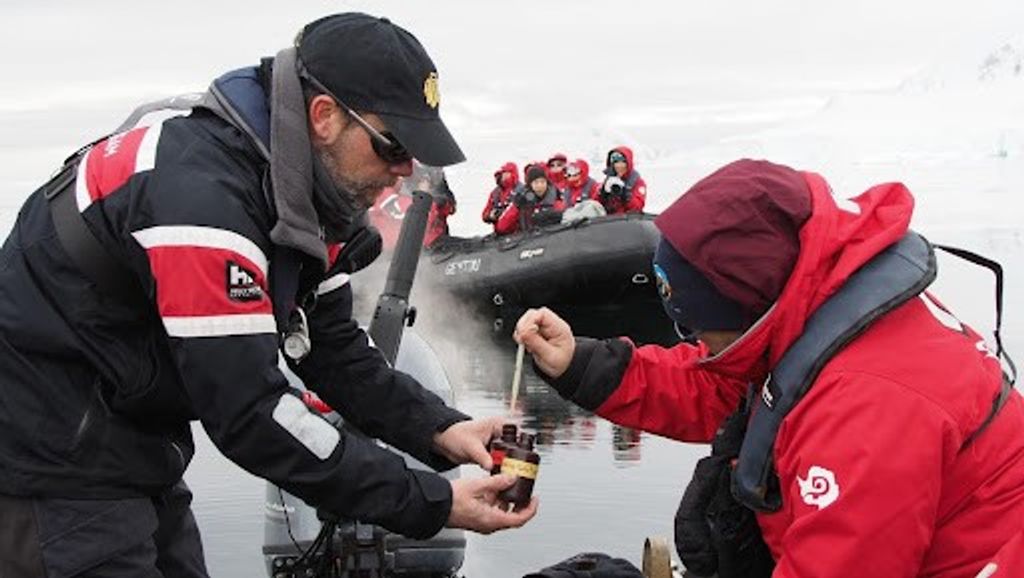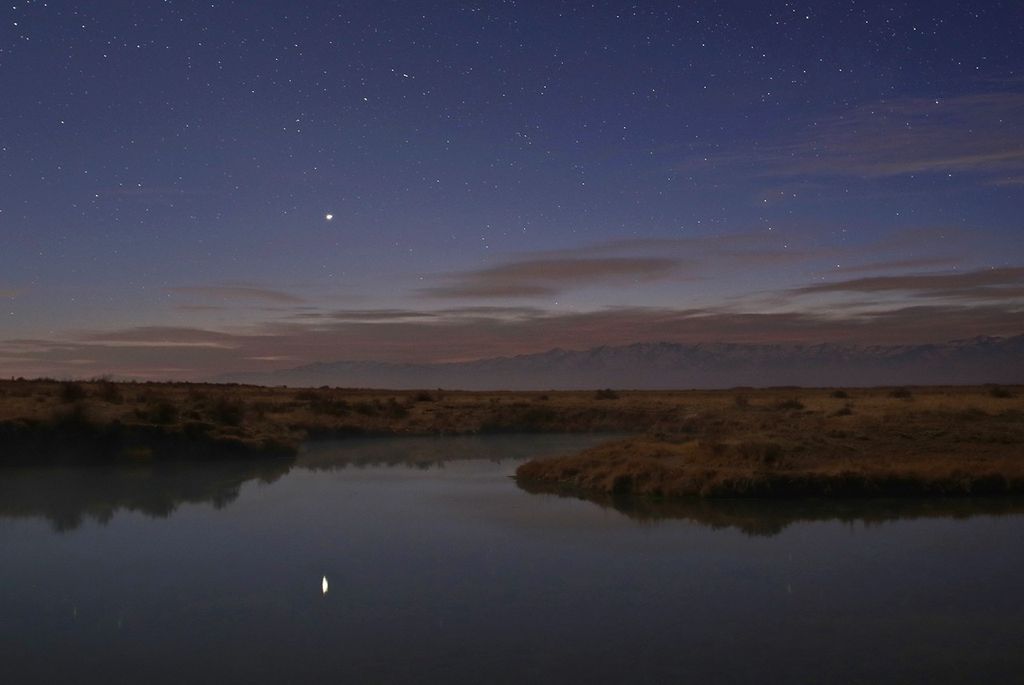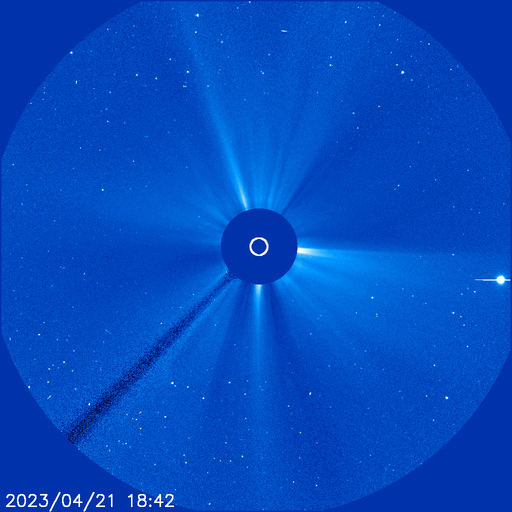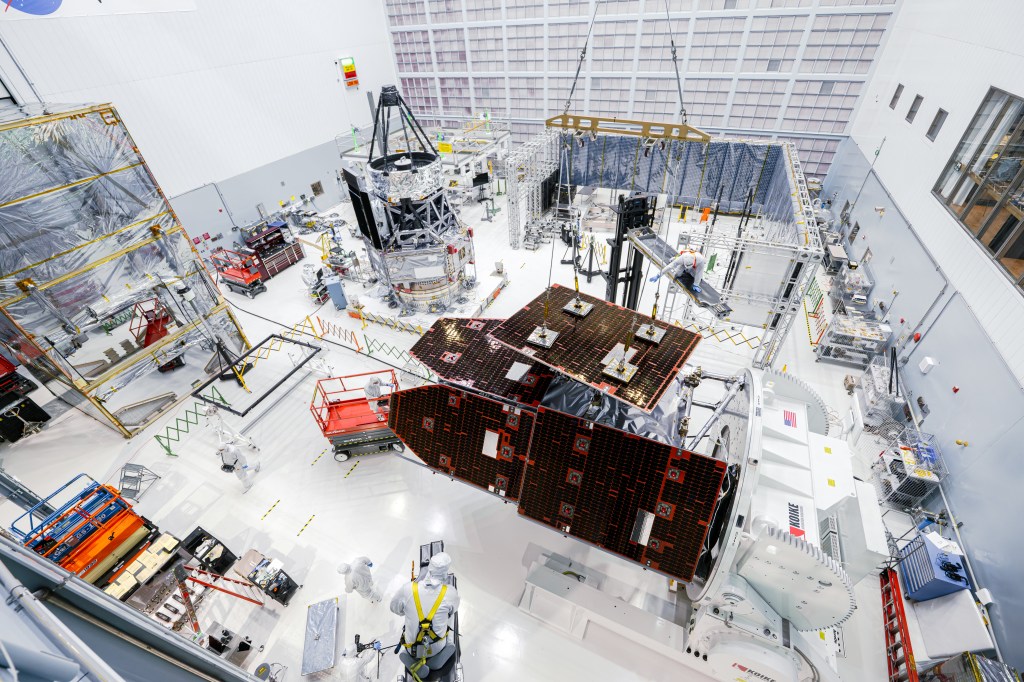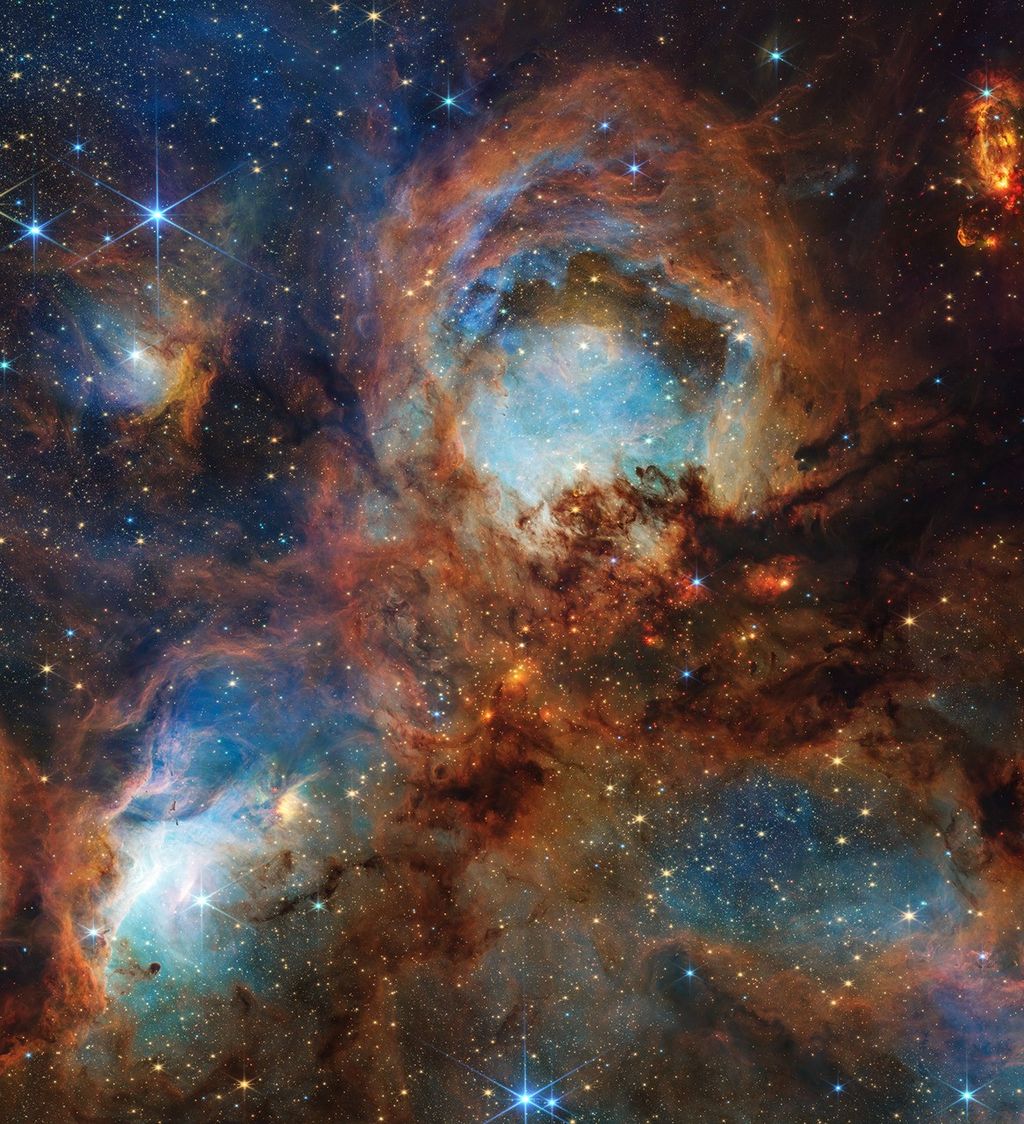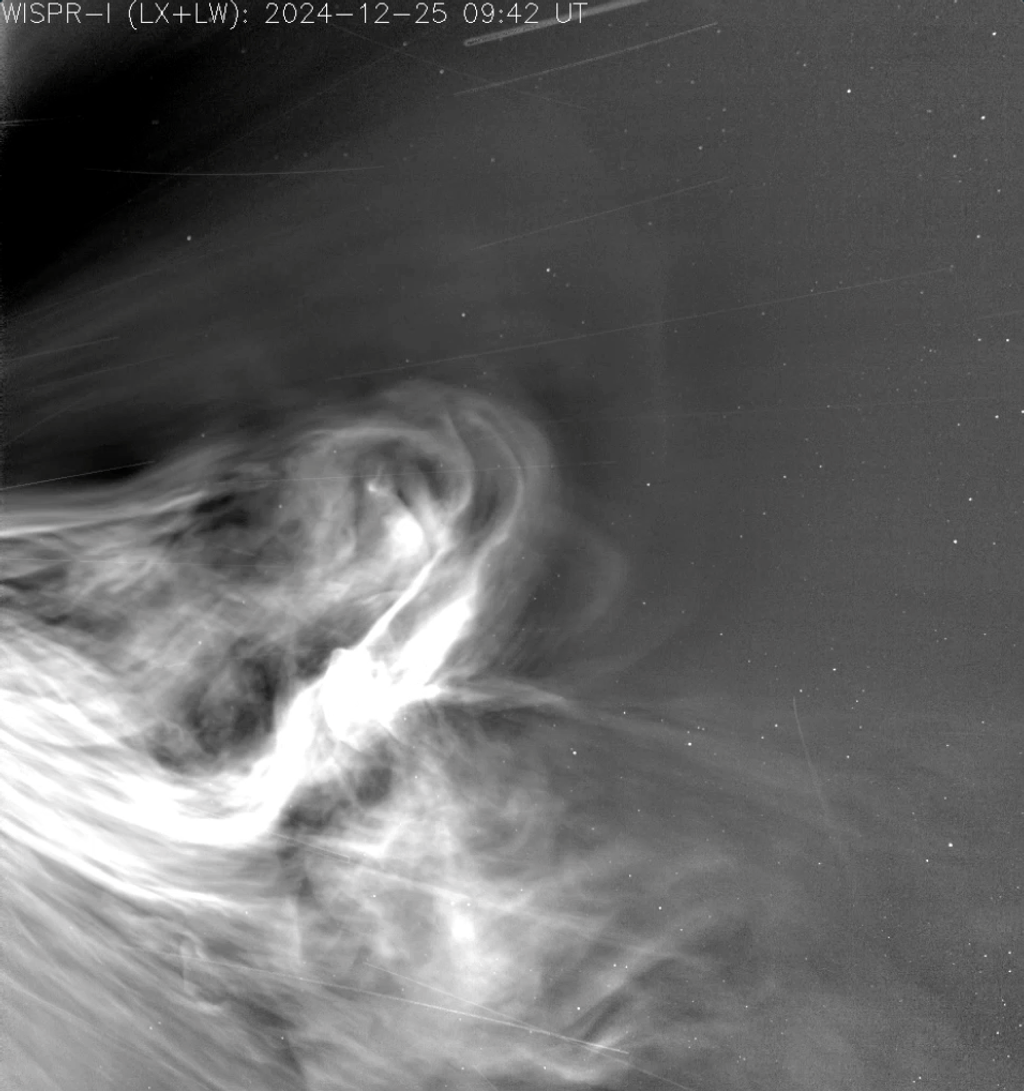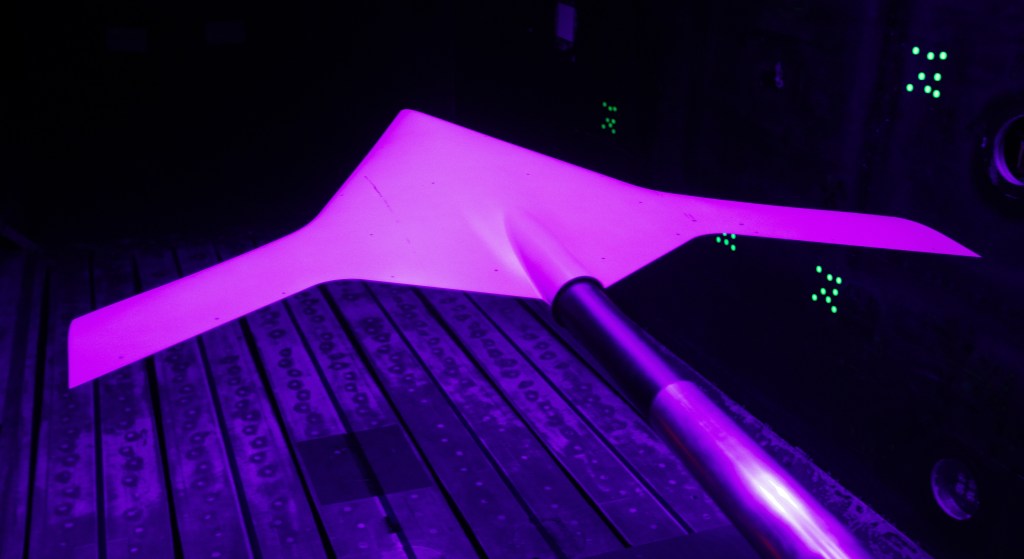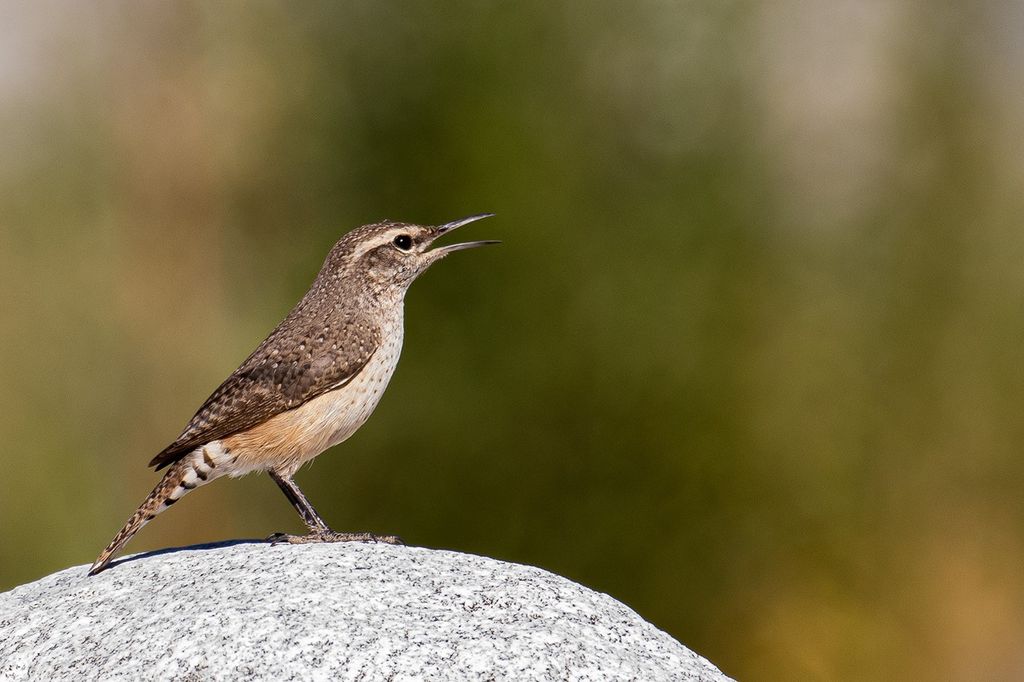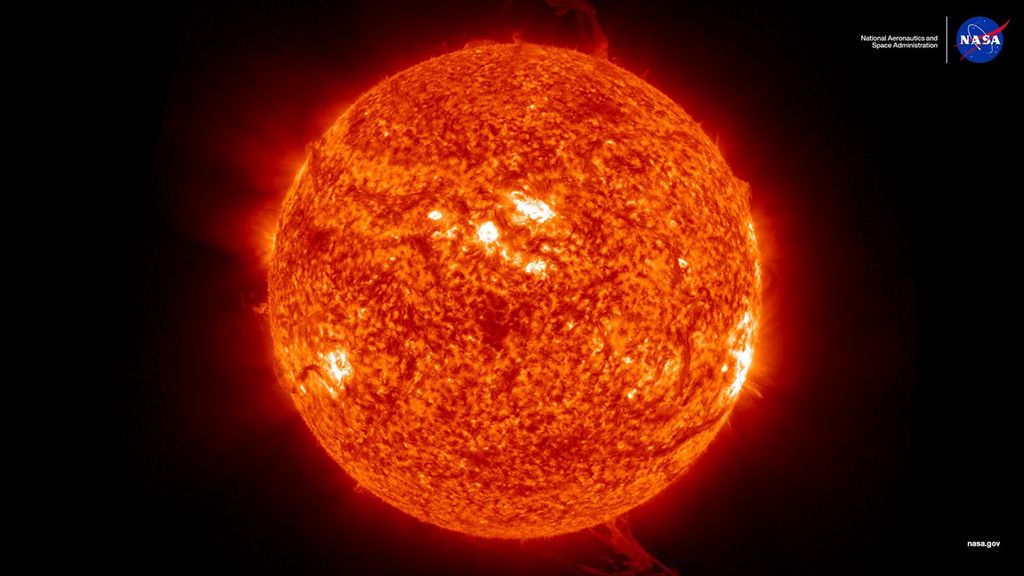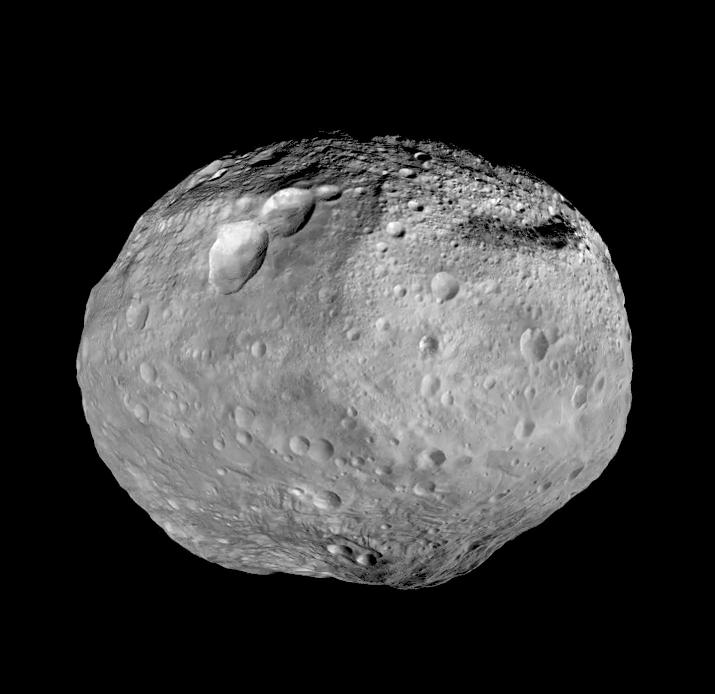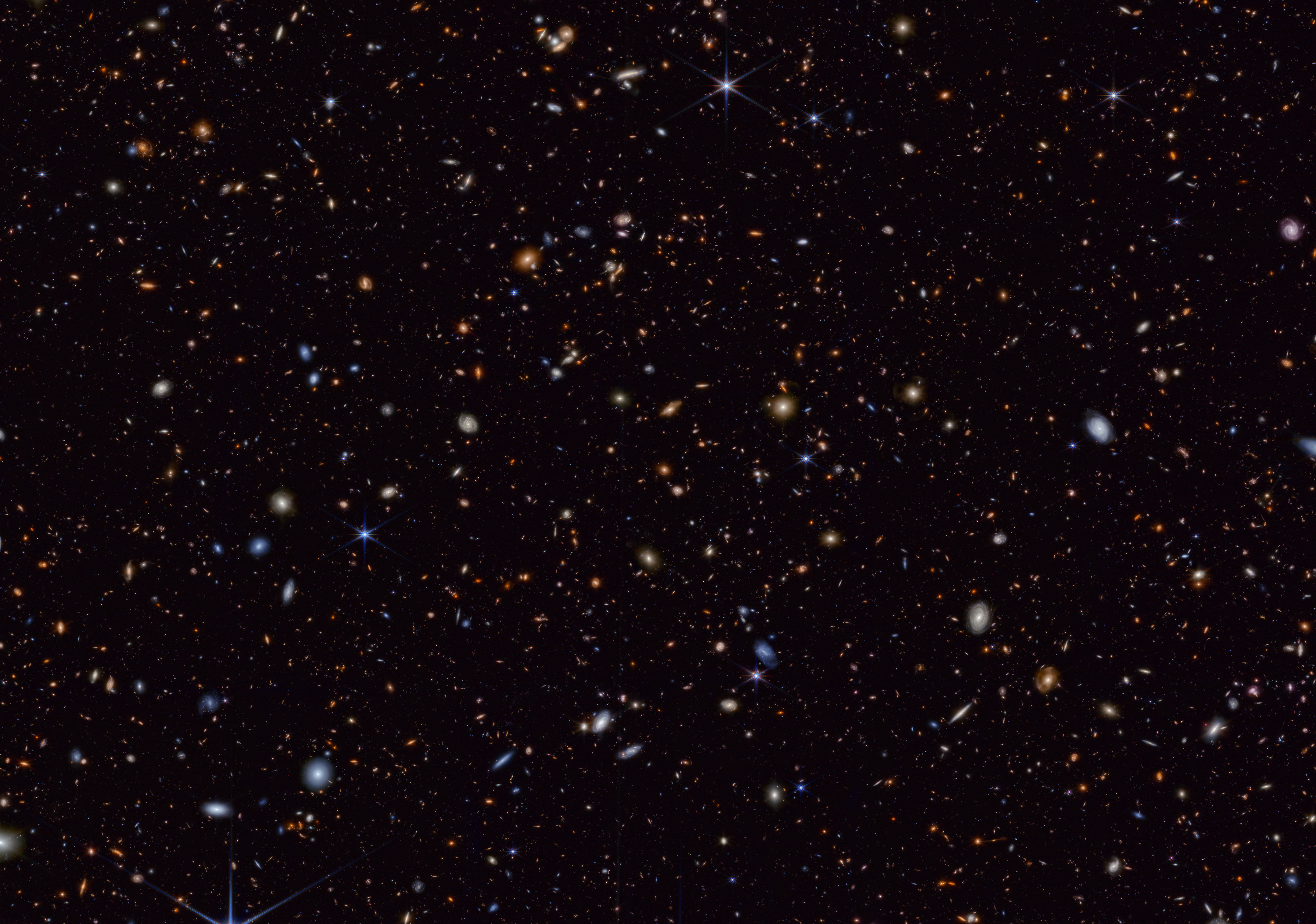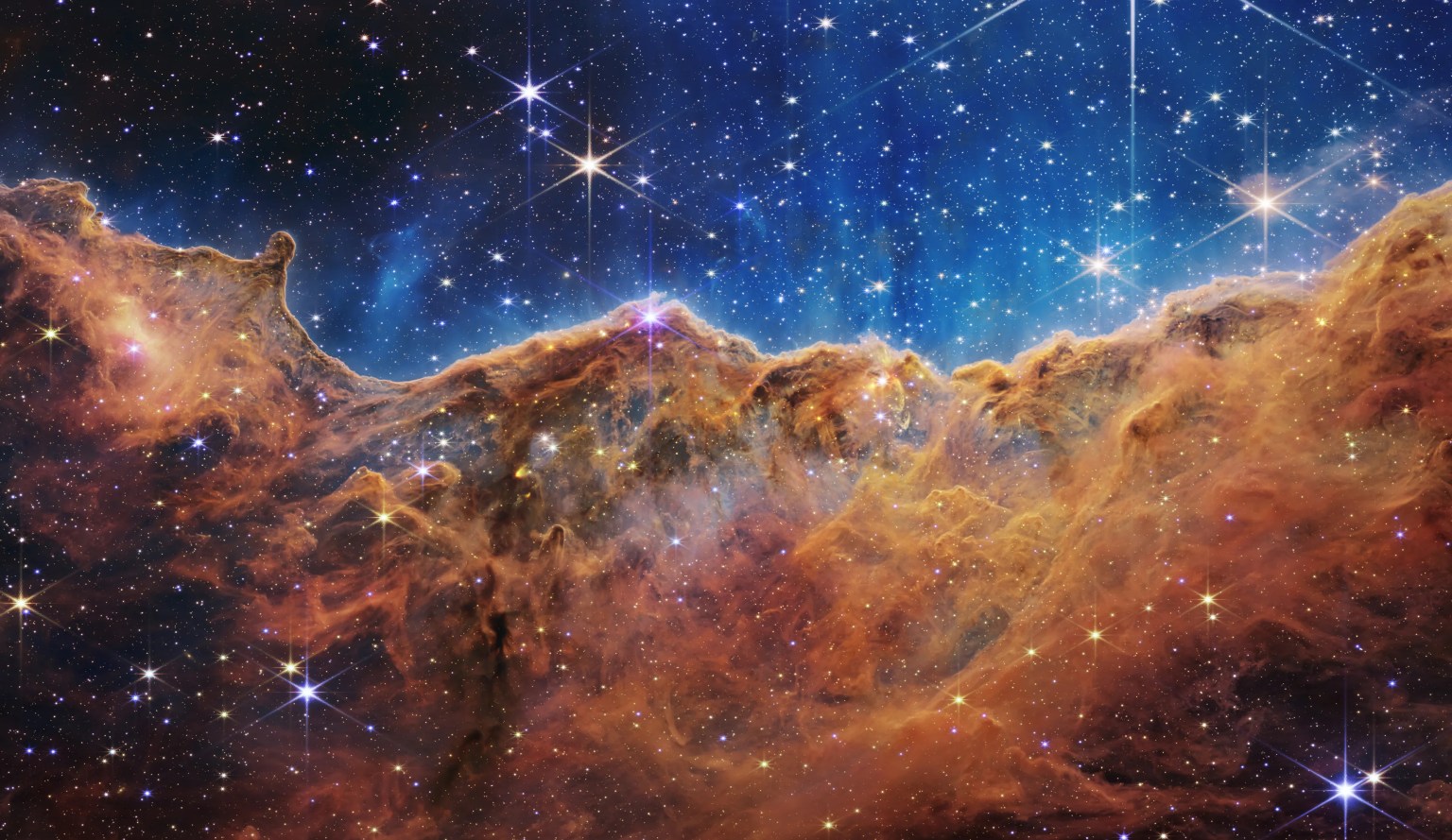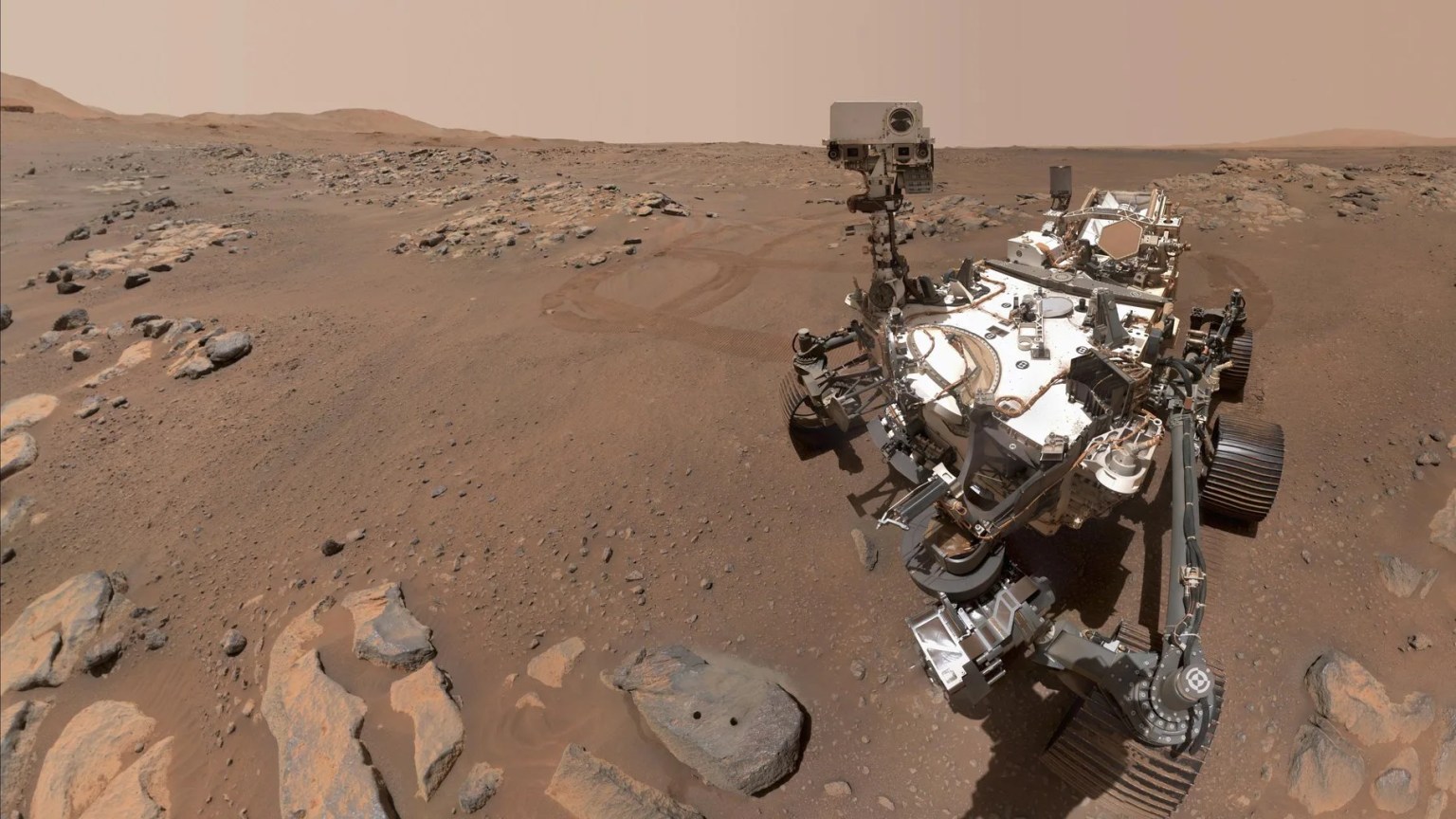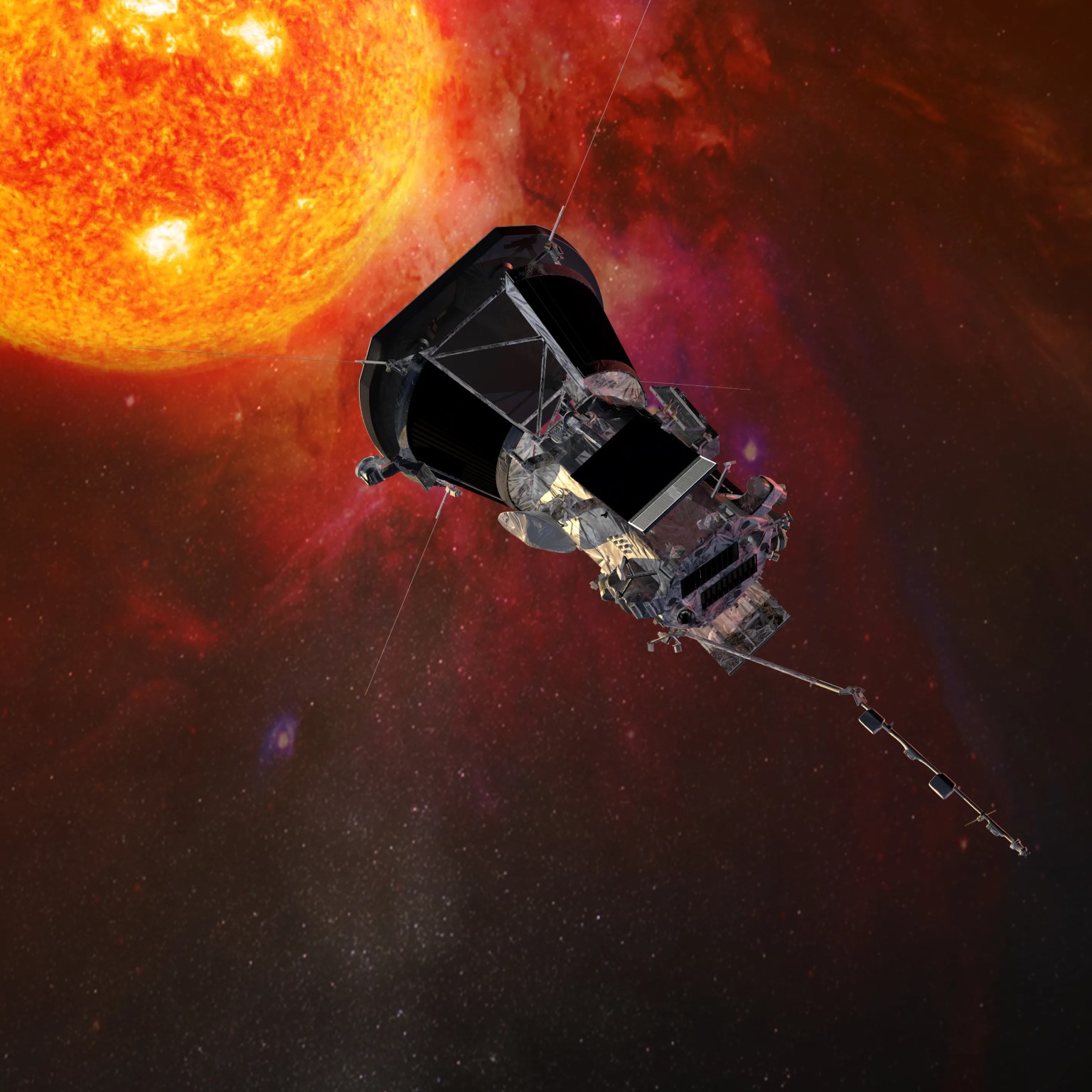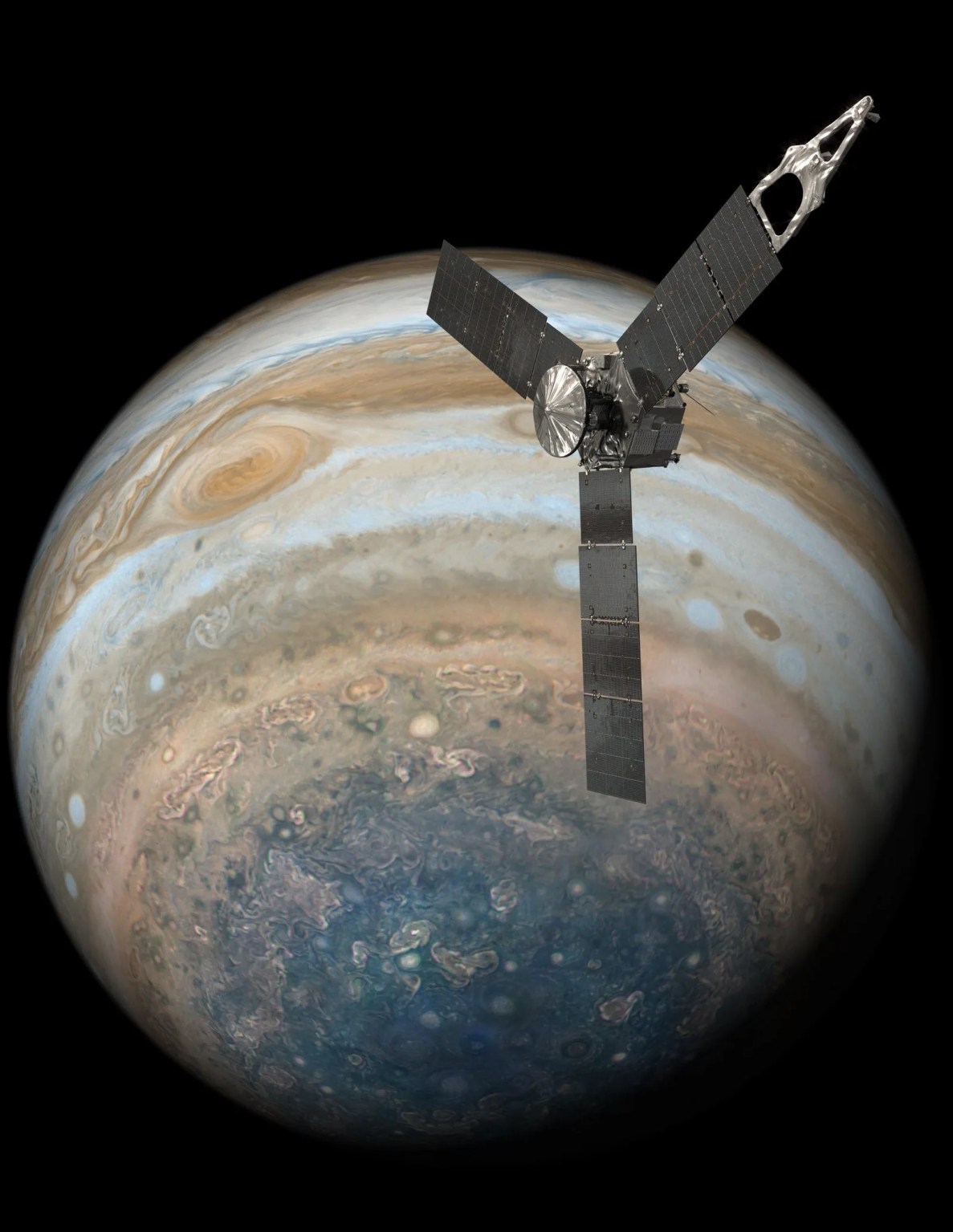Funding Opportunities and Announcements
Funding Opportunities
We are in-between funding opportunities at the moment. To be informed when ROSES-25 is released, and later learn of any amendments to ROSES, please subscribe to the SMD mailing lists by logging in at https://nspires.nasaprs.com/, choosing "Account Management" and "Email Subscriptions" and checking the box for General Subscription List under "5. Science Mission Directorate". While there you may also subscribe to relevant division lists.
Future Solicitations
You may download the current planning list of SMD Solicitations (NRAs and AOs) as a PDF from the SOMA web page. Research Opportunities in Space and Earth Science (ROSES), the main research solicitation for the Science Mission Directorate, is typically released each year on or about February 14th. However, the release of ROSES-2025 has been delayed. We hope to release it soon. To be informed when ROSES-25 is released, and later learn of any amendments to ROSES, please subscribe to the SMD mailing lists by logging in at https://nspires.nasaprs.com/, choosing "Account Management" and "Email Subscriptions" and checking the box for General Subscription List under "5. Science Mission Directorate". While there you may also subscribe to relevant division lists.
Astrophysics Small Explorer AO 2025 Update
A draft 2025 Astrophysics Small Explorer (SMEX) Announcement of Opportunity (AO) was published January 2025 as NNH25ZDA008J see https://go.nasa.gov/NNH25ZDA008J.
Originally, the final SMEX to have been released in April 2025. However, the Astrophysics Division is taking additional time to refine its approach to the SMEX call to more effectively and efficiently provide meaningful proposal opportunities for the astrophysics community. NASA has determined that the next opportunity to propose for an Astrophysics Small Explorer (SMEX) mission will be postponed until no earlier than April 2026.
Inquiries should be addressed via email to Doris Daou, APD SMEX Program Scientist at Doris.Daou@nasa.gov and E. Lucien Cox APD SMEX Program Executive at Elbert.l.Cox@nasa.gov. Responses may be given by email or posted in the Questions and Answers (Q&A) section on the SMEX Program Acquisition website at https://explorers.larc.nasa.gov/APSMEX25/SMEX/
New Frontiers 5 AO Update
NASA received comments on the draft New Frontiers 5 Announcement of Opportunity in 2023. The current estimated release of final AO is no earlier than 2026. Comments provided in response to that draft will feed into development of the AO targeted for release no earlier than 2026. To assist proposers, NASA plans to share the major policies for the next AO approximately 18 months before the targeted release of the AO.
Further information will be posted when it is available on the New Frontiers Program Acquisition Website hosted by the Science Office for Mission Assessments (SOMA) at NASA Langley Research Center (LaRC) at https://newfrontiers.larc.nasa.gov/NF5/
Community Announcements
New Landsat Next Assessment Team
NASA is establishing a Mission Alternatives Assessment Team to assess options to restructure the Landsat Next mission to provide continuity of the Landsat imagery at a lower cost.
In May, the agency’s Fiscal Year 2026 Budget Request stated that NASA will develop a revised plan for the Landsat Next mission. On May 28, NASA’s Science Mission Directorate commissioned an independent Landsat Mission Alternatives Assessment Team with the express intention of determining options in keeping with the administration’s priorities. The team will evaluate alternative mission architectures to support a more affordable approach while maintaining continuity of the current Landsat program performance. The team kicked off in June and will deliver findings to the Science Mission Directorate and the U.S. Geological Survey following completion of the 16-week assessment.
Information on Future Portal for Archiving NASA-funded Accepted Manuscripts
The NASA Scientific and Technical Information (STI) Program is developing an external submission portal for NASA-funded investigators to submit Accepted Manuscripts and other STI products. The portal is expected to be available later this summer.
The external portal will be used in place of the National Institutes of Health Manuscripts System (NIHMS), for grant and cooperative agreement recipients. The external portal will provide a more direct and streamlined Accepted Manuscript submission process for recipients. The STI Program will send communications prior to the start date with instructions and reminders.
As part of this transition, an information page about the new portal is available on the STI Program website which will be updated throughout the process: https://sti.nasa.gov/new-external-submission-portal/.
The STI Program invites comments and questions about this new external manuscript submission portal via the Research Access Help Desk at https://sti.nasa.gov/sti-contact-form/?RequestType=ResearchAccess.
Dual-Anonymous Peer Review
In our "ROSES" research solicitation we have expanded the use of dual-anonymous peer review in which, not only are proposers not told the identity their reviewers, the reviewers are not told the identity of the proposers (until after they have evaluated the scientific merit of all of the anonymized proposals). To learn more about dual-anonymous peer review see https://science.nasa.gov/researchers/dual-anonymous-peer-review.
No Due Dates?
In our "ROSES" research solicitation we have expanded the number of programs with no fixed due date. To these no due date programs (including seven in planetary science), proposals may be submitted at any time without any preliminary statement such as a Notice of Intent or Step-1 proposal. For more information see https://science.nasa.gov/researchers/NoDD.
Need Advice about ROSES and proposal writing?
On the library and useful links page we have resources that may be useful to those who are new to proposing to ROSES: Links to YouTube versions of presentations given at Goddard in February 2022 at https://youtu.be/62QqJ2Nnlzc and older by Max Bernstein (NASA HQ) and Christina Richey (JPL) about proposal writing. Both the video of Dr. Richey (thanks to the SETI Institute) and the video of Max Bernstein (thanks to NASA Ames Research Center). Other information that maybe useful to early career/ potential new PIs may be found at https://science.nasa.gov/researchers/new-pi-resources.

